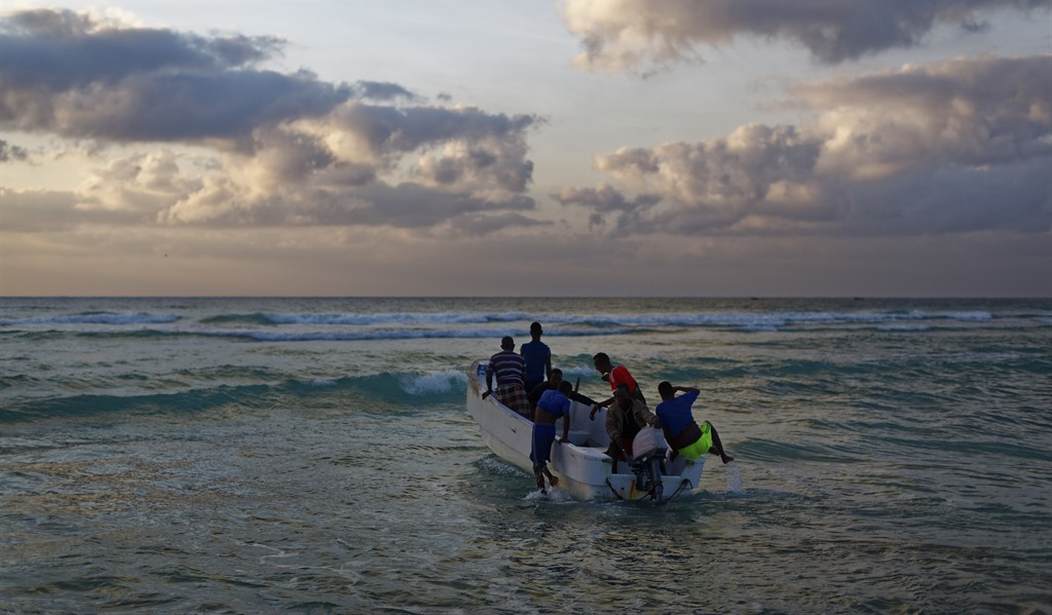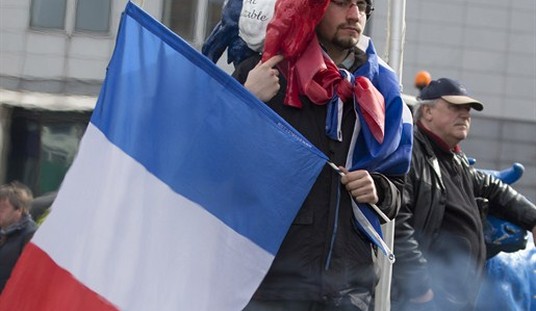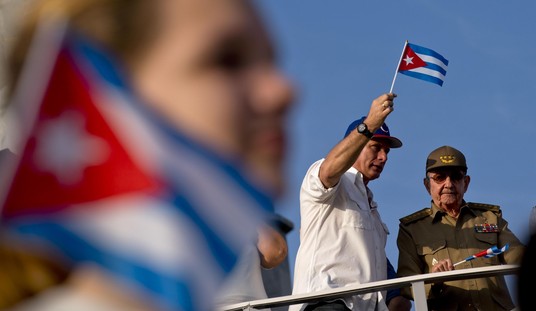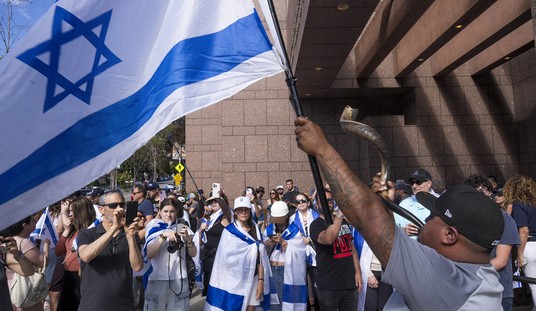Years ago Somalia pirates were raising hell all through the Horn of Africa, the Indian Ocean and down the African East Coast. They pretty much operated with impunity, even giving rise to such famous hijackings as the taking of the US flagged Maersk Alabama, which for some inexplicable reason had been transiting a couple hundred miles off the Somali coast instead of the 600 miles the US government had warned was the safest distance out at sea.
Pirates had not captured a ship sailing under the American flag since the 1820s until April 8, 2009, when the MV Maersk Alabama was hijacked off the coast of Somalia. The high-profile incident drew worldwide attention to the problem of piracy, commonly believed to be a thing of the past, in the waters off the Horn of Africa.
And I will quibble with the History Channel here about the dates. It was actually into the 1830’s. If you’ll indulge my love of both history and my Marine Corps (because it’s almost the weekend), I’ll give you a quick, bare bones adventure story.
In the late 1700’s, what is now Indonesia and Malaysia – formerly the exclusive purview of the British, French, and Dutch – were becoming accessible to even United States sailing vessels. A fellow out of Salem, MA, by the name of Captain Johnathan Carnes made the trip, and returned home with a cargo full of Sumatran pepper.
CHA-CHING The American spice race was on.
…Captain Johnathan Carnes, in command of the brig Rajah out of Salem, was apparently the first American to bring a cargo of Sumatran pepper to an American port. The owners of the Rajah realized a profit of 700% on Carnes’ first cargo, brought to Salem in October, 1799. There was an attempt to withhold information concerning the source of the pepper, but the year 1803 saw twenty- one vessels out of Salem trading for pepper in Sumatra and by 1820 the number reached forty vessels a year.
But the Malays were a feisty bunch, and had no love for American traders who, to be perfectly honest, had their share of cheating trade scoundrels among them. In 1831, they seized the US ship Friendship out of Salem, lying at anchor in Quallah-Battoo, Sumatra. Even though the captain eventually regained his ship and managed to return to the States, he suffered heavy losses among his crew, and his cargo was gone.
…Of the Friendship’s crew of seventeen officers and men, three, including the Chief Officer, had been killed, and four wounded. The press was sympathetic toward the affair, and soon public opinion backed the owners of the Friendship, who sought to obtain government aid to make good their losses and gain revenge for American lives lost.
What that lust for revenge set in motion would turn out to be arguably the first Marine Corps amphibious landing, when the USS Potomac under Commodore John Downes was ordered to represent both the United States and the owners of the Friendship. The Potomac stopped in both Rio De Janeiro, Brazil, and Cape Town, South Africa on its voyage of retribution and diplomacy halfway around the world.
…On the basis of the above information, Commodore Downes made two preparations which had not been considered necessary previously. A landing force and a ship’s force were designated from the ship’s crew. The organization of the landing force is a good example of Downes’ thoroughness. It compares favorably, in principle, with an assault company of World War II in that it was comprised of an assault division (Marines), two rifle divisions, and a weapons division, corresponding roughly to the rifle and weapons platoons of today. As Downes could not draw upon an artillery battalion or a pioneer battalion, he provided one artillery piece for force fire support, and carpenters equipped with ax and crow bar for facilitating entrance to the forts. Two carpenters were assigned to each division.
When they reached Quallah-Battoo, they initially tried a bit of subterfuge to lure the Malays into attacking the Potomac, but plans went awry. Commodore Downes executed a landing with Marines the next day.
…The landing itself was perfectly executed. The ships’ landing force of two hundred and fifty men was transported to the beach in small boats, was formed in ranks, and marched off to engage the enemy in his forts. The force was undetected and unopposed until the leading division neared the first fort, when the alarm was given by a native who spotted the approaching column in a chance encounter. Lieutenant Shubrick, in over-all command of the landing force, then divided the column into three parts, each to attack a fort. Two forts were subdued by the single division assigned to each, and two more were taken after a combined attack by the entire force.
Naval bombardments and fierce engagements ensued, but the US prevailed…
…American casualties were extremely light, with two men killed and eleven wounded. Of an estimated five hundred Malay fighting men, it is generally conceded that about one hundred and fifty were killed and many wounded. The Malays suffered great material losses as a result of the attack and of a bombardment by the Potomac the next day.
…and the Malays received the message.
Back in the States, the press reacted, well, predictably.
…When Downes’ report reached the Secretary of the Navy and was made public, the press severely criticized the Commodore for having been too harsh with the Malays. Official reaction was somewhat different. The Secretary of the Navy’s report of 1832 summed up Downes’ action as “The chastisement inflicted by the frigate Potomac on the piratical Malays.”
It wasn’t the end of Malay depredation but it did contain them for a few years, just as that 2009 hijacking of the Maersk Alabama turned into a watershed moment in its own right.
Americans take exception to piracy on the high seas.
When news of the boarding hit, the Obama administration took action, and it ended with Navy SEALS efficiently handling the pirates a few days later.
…Early the next morning, the destroyer USS Bainbridge and another U.S. Navy vessel arrived on the scene. What followed was a three-day standoff, with the pirates holding Phillips in the lifeboat. Attempts to negotiate failed, and at one point the pirates fired (harmlessly) at the destroyer. Finally, on April 12, with authorization from recently inaugurated President Barack Obama, Navy SEAL snipers opened fire on the lifeboat. In a stunning display of accuracy, the SEALS firing from a ship’s deck through the windows of the tiny boat hit all three pirates in the head, killing them, while leaving Phillips unharmed.
After that, ever increasing international anti-piracy patrols coupled with trained, armed cargo and security crews for all intents and purposes eliminated the bulk of the threat from 2011 on.
Until now, and this has been one of the worries about the diversion of shipping due to the Houthis terrorizing the gulf of Aden and the Bab al-Mandeb Strait: Would Somali pirates be able to resist the temptation of so much shipping once again transiting their coast, and knowing the US patrol squadron was occupied with Red Sea matters?
Nope. It was honey to bears. They couldn’t resist.
But they weren’t counting on the Indian Navy, and what a hoot!
On the 4th, the UK warning system got a message that a cargo ship – the Liberian flagged MV Lila Norfolk – had been boarded by 5 or 6 persons and the crew was holed up in the citadel.
UKMTO WARNING 001 JAN 2024 UPDATE 002
BOARDINGhttps://t.co/qlApy9q9pq#MaritimeSecurity #MarSec pic.twitter.com/ygVNSWAh8C
— United Kingdom Maritime Trade Operations (UKMTO) (@UK_MTO) January 4, 2024
It turns out at least 15 of the crew were Indian citizens, so the Indian Navy, patrolling the Arabian Sea in that area, swung into action.
…An Indian patrol aircraft was sent to establish contact with them, followed by the guided-missile destroyer INS Chennai.
The INS Chennai (D65), a Kolkata-Class Destroyer of the Indian Navy and a Maritime Surveillance Aircraft are reportedly heading to Assist the Liberian-Flagged Commercial Shipping Vessel, M/V LILA NORFOLK who was Hijacked yesterday off the Coast of Somalia in the Gulf of Aden by… pic.twitter.com/agyriV9TpH
— OSINTdefender (@sentdefender) January 5, 2024
And then Indians sent their commandos in to take the vessel back.
First images of the Indian Navy MARCOS anti-piracy action on board the hijacked merchant vessel MV Lila Norfolk off Somalia coast.
Images from an Indian Navy Sea Guardian drone that had eyes on the op.pic.twitter.com/ZObheQviVT
— The Random Guy (@RandomTheGuy_) January 5, 2024
Thing of beauty.
The pirates must have heard them coming because they bugged out, and, happily, everyone was found safe and unharmed.
Indian Navy commandos boarded a ship on Friday after it was earlier ambushed by pirates off the coast of Somalia.
The navy named the ship as the MV Lila Norfolk and said commandos from the INS Chennai had commenced “sanitisation” of the vessel.
About two hours later, the Indian Navy said the “sanitisation” had been complete, and that no hijackers had been found on board.
It said that all 21 of the crew, including 15 Indian nationals, were safe.
The INS Chennai remained in the vicinity of the MV Lila Norfolk and continued to provide support to restore power to the ship and assist it onwards on its journey, the Indian Navy said.
And India is playing for keeps in the area with the recent escalation in tensions.
…India in recent weeks had sent out three guided missile destroyers to maintain a deterrent presence and was using long-range P-8I maritime reconnaissance aircraft to patrol the waters off its western coast, after a chemical tanker was hit by a drone on December 24.
“The Indian Navy remains committed to ensuring the safety of merchant shipping in the region along with international partners and friendly foreign countries,” a naval official said.
Who’s the captain now, eh?
Message received.
What a great story and a happy ending.







Join the conversation as a VIP Member